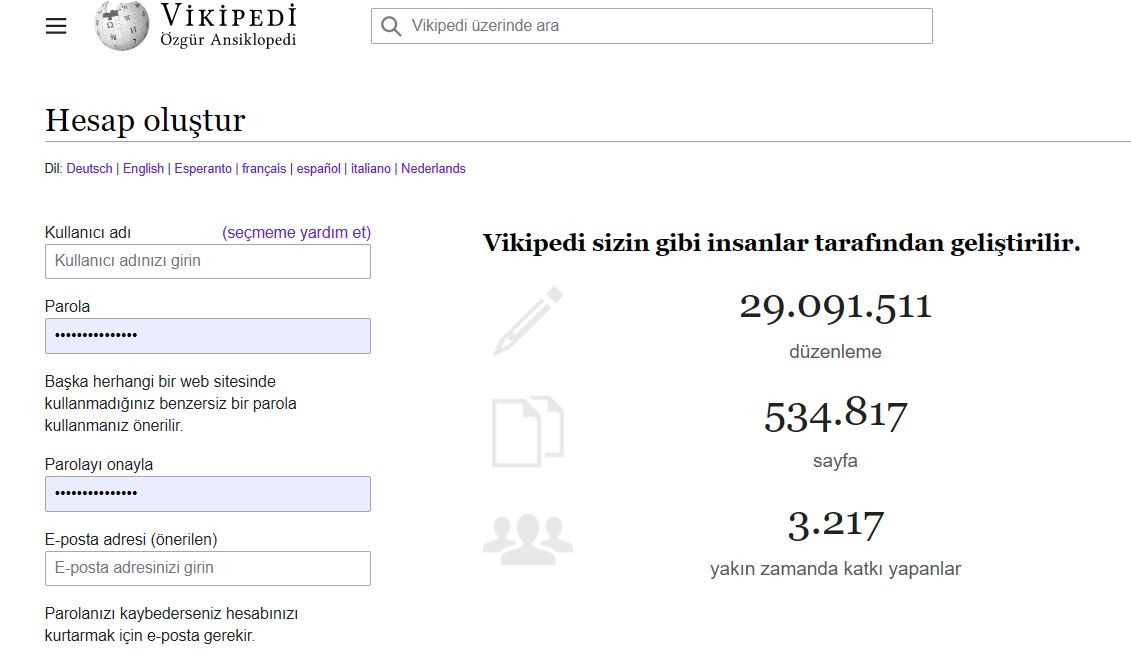Since January 2001, Wikipedia (Wikipedia) has become the world’s largest reference site and is visited billions of times each month. And of course the articles on it can be edited by humans.
You can contribute to Wikipedia as long as the content comes from up-to-date and verified sources. You can edit any unprotected article, but you still need to follow the instructions.
Anyone can be an editor for Wikipedia and you don’t need to register or log in. However, editing with an unregistered account will cause the IP address of the editer to be tracked and appear in the edit history.
Although you can edit anonymously, these edits are followed by Wikipedia. Your editing is done via device fingerprinting, which can identify unregistered users via IP addresses, installed browser plugins, and time zones.
In general, if you want to edit an article, we recommend registering first. Registering protects your IP address and prevents your edits from being blocked by Wikipedia. The registration process to become a registered Wikipedia user is free and easy.
How to register on Wikipedia?
First, go to Wikipedia and click Create account in the top right to be redirected to the registration page. Fill out the form by creating a username and password and entering your email address. Choose an appropriate username as it will be public and cannot be changed.

After completing the form, completing the CAPTCHA security check and verifying your account in your email, you will now be a registered user. If the article you want to edit is not protected, you can edit the articles by clicking Edit source after logging in.
As a registered user, you can create a user page to let viewers of your page get to know you a little bit. You can use a custom field and Wikipedia’s style guide to practice editing. You can also use an article’s talk page to communicate with other editors.
Registering on Wikipedia will protect your IP address and provide you with features through user access levels that you cannot use while unregistered. For example, four-day accounts with ten edits can edit half-protected pages.
You can also create new articles, rename existing pages and upload images. Accounts with at least 500 edits and 30 days of history can edit extended protected pages. These pages cannot be edited without an account.
Other benefits include the ability to keep track of all your contributions to Wikipedia, from newest to oldest. When you make changes to an article, you can follow the page on your watchlist for as long as you want and receive notifications when other users make changes.
Creating an account and editing articles on Wikipedia is easy once you know the markup and guidelines. By logging in and editing, other editors and page visitors will be able to identify you through your online identity.